
Observation point
I think the truest representation of someone is a portrait.
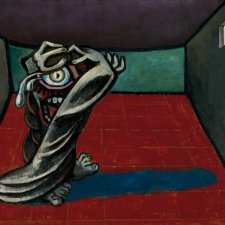
The inner voice
Dr Christopher Chapman, curator of Inner Worlds: Portraits & Psychology looks at Albert Tucker's Heidelberg military hospital portraits.

Touchy touchy
Tony Curran ponders whether our phones can change the course of painting.

The story of us
Gallery directors Karen Quinlan and Tony Ellwood talk to Penelope Grist about the NPG and NGV collaborative exhibition, Who Are You: Australian Portraiture.

Around the grounds
Anne Sanders writes about the exhibitions Victoria & Albert: Art & Love on display at the Queen's Gallery, Buckingham Palace and the retrospective of Sir Thomas Lawrence at the National Portrait Gallery, London.
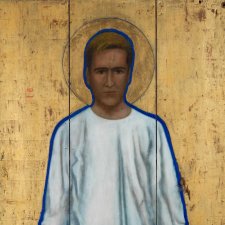
Stigma stigmata
Angus Trumble provides poignant context for Aña Wojak’s portrait of Tony Carden.
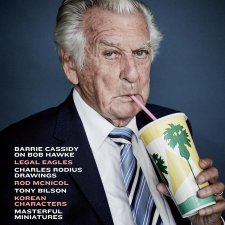
Portrait 63
Winter 2019Rod McNicol's method and motivation, 19th century Indigenous peoples, Barrie Cassidy on Bob Hawke, five generations of the Kang family from Korea and more.

Portrait 66
Summer 2021/22The Huxleys, National Portrait Gallery London’s masterpieces, Jennifer Higgie on portraits of women by women, Tamara Dean, Bangarra, Glynis Jones on fashion photographers, and NPG/NGV collaboration.

Eating the seasons
Anne Sanders imbibes Tony Bilson’s gastronomic revolution.
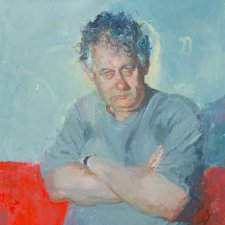
Tribute
Bob EllisBob Ellis (1942–2016) was a journalist, columnist, screenwriter, film director, playwright, speechwriter and critic.
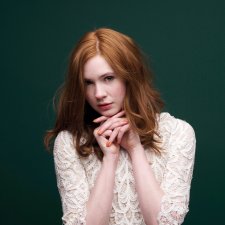
Hot Scots
James Holloway describes the first portraits you encounter when entering the Scottish National Portrait Gallery.
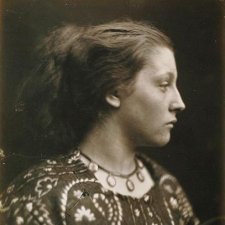
Mrs Cameron and the V&A
In March 2003 Magda Keaney travelled to London to join the photography section of the Victoria & Albert Museum for three months.
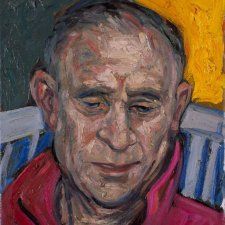
Giving and getting
The exhibition Portraits for Posterity celebrates gifts to the Gallery, of purchases made with donated funds, and testifies to the generosity and community spirit of Australians.
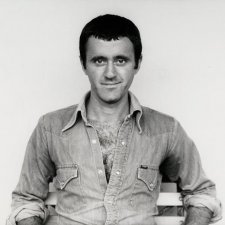
The essence of you
Lee Tulloch remembers her great friend NIDA-trained actor turned photographer Stuart Campbell.

All you can eat
In February 2003 the National Portrait Gallery Circle of Friends brought Sir Robert Strong to Australia to present a series of lectures entitled The Artists & The Banquet- A History of Dining, which focused on the links between gardens and table decoration from the Renaissance to the Victorian Era.
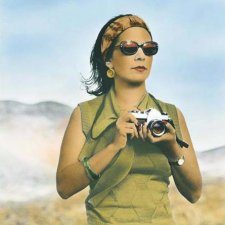
A self-portrait in focus
In her self-portrait, Tracey Moffatt presents herself as her work.




